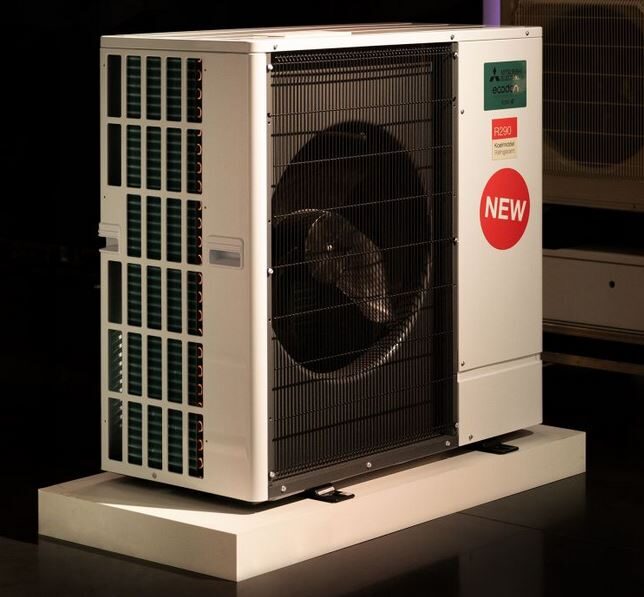Scientists at the King Abdullah University of Science and Technology (KAUST) in Saudi Arabia discovered a new process utilizing carbon dioxide in plasma, which they claim could offer several improvements over current processes used to passivate silicon solar cells.
Passivating contacts are important in cell production, to reduce recombination at the surface and thus improve efficiency. The processes currently used for depositing this layer, however, are complex and require high temperatures. “The problems with existing methods challenged us to find a more simple and practical process,” said KAUST Ph.D. student Areej Alzahrani.
The group discovered that exposing the silicon to carbon dioxide in plasma allowed them to carefully control the deposition of a silicon oxide layer. They were able to grow a layer less than two nanometers thick onto an n-type silicon wafer, and then deposit p-type polysilicon contacts on top. KAUST says that by integrating both of these steps in one chamber, cell manufacturers could significantly reduce their costs.
Encouraging results
The process is described in the paper In Situ Plasma-Grown Silicon Oxide for Polysilicon Passivating Contacts, published in Advanced Materials Interfaces.
Wafers fabricated using this process were found to have excellent passivation properties, with implied open-circuit voltage higher than 700 millivolts, and contact resistance as low as 0.02 ohms per square centimeter. The group also found that, after thermal annealing at 1000 degrees Celsius, the wafers it fabricated demonstrated better structural integrity and stability at high temperatures.
KAUST says that having demonstrated the technique, it now plans to fabricate full solar cells using the technique, allowing it to further evaluate the commercial potential. “A first step will be to integrate this process into a complete and working solar cell,” says Stefaan De Wolf, Associate professor at KAUST, “while also exploring improved light-capturing designs.”
This content is protected by copyright and may not be reused. If you want to cooperate with us and would like to reuse some of our content, please contact: editors@pv-magazine.com.




By submitting this form you agree to pv magazine using your data for the purposes of publishing your comment.
Your personal data will only be disclosed or otherwise transmitted to third parties for the purposes of spam filtering or if this is necessary for technical maintenance of the website. Any other transfer to third parties will not take place unless this is justified on the basis of applicable data protection regulations or if pv magazine is legally obliged to do so.
You may revoke this consent at any time with effect for the future, in which case your personal data will be deleted immediately. Otherwise, your data will be deleted if pv magazine has processed your request or the purpose of data storage is fulfilled.
Further information on data privacy can be found in our Data Protection Policy.